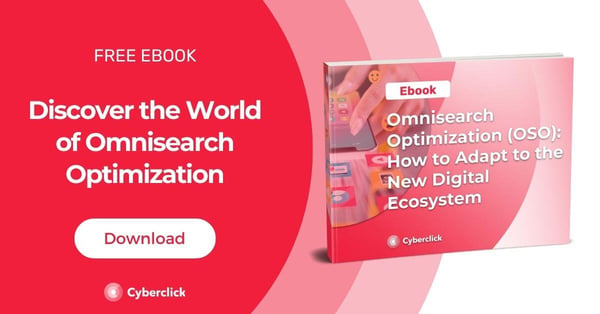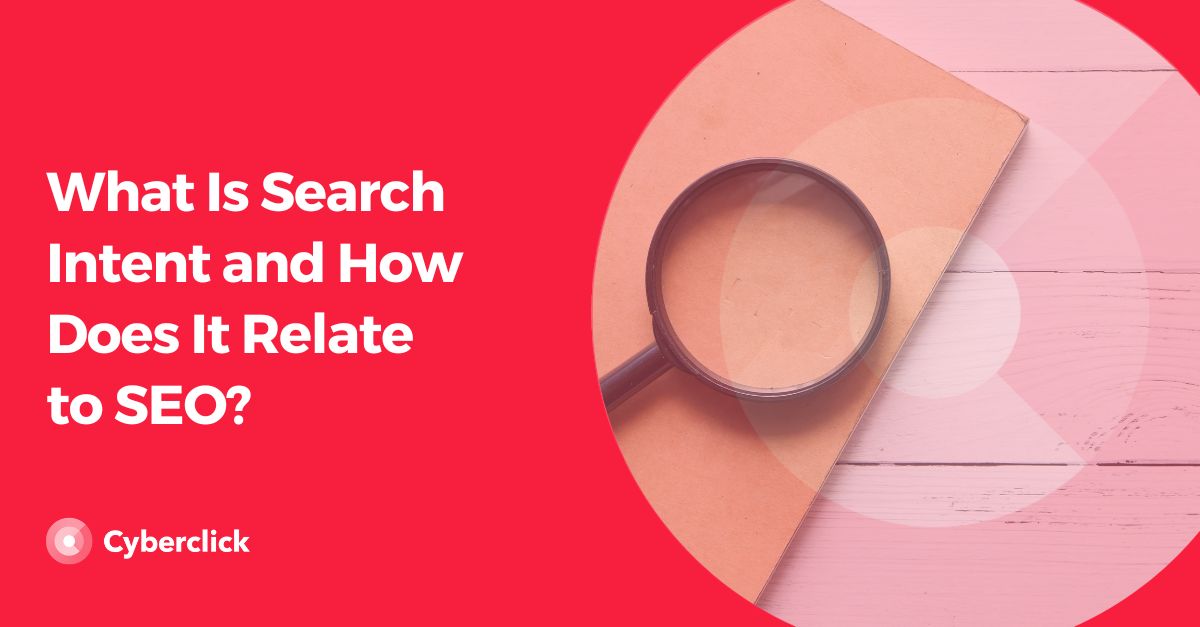Today we are going to take a short look at an essential that cannot be missing in your online strategy: SEO.
Having a website for your brand or company is the basis of any kind of online presence, but putting all that effort into creating it is useless if you do not make sure your audience will actually find it. Which is why it is vital to make sure Google helps you out with this. So let’s take a look at exactly what SEO is, why it is so important and how search engines actually work.
What Is SEO or Search Engine Optimization?
Wikipedia defines SEO, Search Engine Optimization, as the “process of affecting the visibility of a website or web page in a web search engine’s unpaid results, often referred to as “natural” or “organic” results.”
It is vitally important to understand that SEO refers only to organic results, in other words, that were not bought or paid for. The other, complementary option (paying a price per click to be displayed among the first results on a certain search engine) is known as SEM or Search Engine Marketing. To look at it in other terms, SEO is like looking for a free parking space right next to your destination, while SEM would be equivalent to paying for parking in the parking lot.
Just like pretty much every concept in digital marketing, SEO has evolved significantly over the years. In the beginning, positioning techniques were very basic and largely based on repeating a few specific keywords, whereas now, a lot more importance is given to the user’s experience.
In a nutshell, there are two basic factors that define a page’s position: relevance and authority.
Relevance in Web Positioning
A page’s relevance can be defined as its connection to a certain search, in other words, how well it answers the question or problem the user searched for. Google’s, and other search engines’, main goal is to offer its users the best possible service, by offering them pages that are useful to them.
In order to control this, we use on site SEO techniques, dedicated to improving our own website. The goal is to make sure search engines understand its content and how it relates to users’ searches. Brands can use techniques such as keyword and URL optimization, cutback on loading times, improvements in user experience, etc.
Authority and SEO
Next comes authority, which we can loosely define as a website’s popularity.The more “votes” a website or page gets through links, the better it is considered by search engines.
To improve a website’s authority, off page SEO techniques are used, which focus on external factors. The goal is to improve the parameters that define a website’s popularity in terms of search engines: links that redirect to the page, presence on social media, mentions in media, the amount of users who actually click on our website when it shows up among the results, etc.
Lastly, it is also important to mention that there is a significant different between White Hat SEO, which is based on tips and practices recommended by the search engines themselves, and Black Hat SEO, which makes the most of “loopholes” to quickly manipulate results. Although it may be able to attract short term results, in the long term, Black Hat SEO never wins.
Where Did SEO Originate?
Although today it may seem absolutely vital to our day to day lives, the truth is that Google did not even exist until 1996, and even today there are places in the world where it is not particularly popular. The origin of these kinds of tools, known as search engines, date back to the beginning of the 90s, when the website craze began.
Almost all websites have the same goal: to attract quality traffic. Search engines are one of the most effective way to attract potentially interested visitors. Webmaster began to realize this, and began competing among each other to be the highest positioned on search engines. SEO was born.
Why Is SEO or Web Positioning So Important?
Understanding what SEo is and implementing a great SEO strategy is fundamental for your brand. Think we may be overreacting? Take a look at why:
- It significantly increases your visibility. Imagine you are able to position your website for a keyword with 500,000 monthly hits. If the first result that is shown on search engines get about 20% of the clicks, that equals 100,000 monthly organic visitors, which imply no extra cost.
- It improves your website. When well done, web positioning techniques not only improve your website in the eyes of search engines, but users also agree. And improving user experience means better results.
- It is a long term investment. Optimizing your website does imply some initial costs, but, if you are able to position yourself among the top results, you will obtain an incredible source of high quality traffic at no extra cost. Continuing the previous example, imagine 1 in every 100 users that visits your website ends up purchasing online and that each client’s life time value is 100$. In this case, you would we generating 100,000$ in monthly income. And, obviously, if you are able to position yourself under several different keywords, or invest in International SEO, the benefits only multiply.
- It makes your website more profitable. If you invested significant amounts of money, time and resources to build a website that showcases your brand, it is only logical to make as many people as you can visit it, in order for it to pay off.
- It increases your impact on social media. Web positioning creates synergies with social media, as the links that are shared on social networks use the titles and descriptions that you will have optimized as part of your positioning strategy.
- It builds trust and reliability. As explained above, authority and relevance are the two key factors in SEO. Meaning that when your website is shown among the first search results, users know that it is a website that contains the information they are looking for, and that it has been “approved” by several users before them. It is most definitely an extra push that gives them the trust they need to convert.
- It can be measured and optimized. You can measure the results of all the techniques and factors that are at play in your SEO, to see which are providing the best results and correct any necessary details or strategies.
Understanding SEO: How Search Engines Work
To truly understand SEO, we need to take a look at what happens when Google’s “spiders” crawl around the internet. The way it works can be summarized into two steps: tracking and indexing.
To understand how tracking works, think about a large city’s transportation system. Each website or document (like a PDF or an image) is like a stop. To be able to register that content found at each stop, the search engine need to track the whole city, using the best possible paths: links.
The internet’s link structure is what connect pages amongst each other, which is precisely why they are so vitally important in optimization. The search engines’ bots use site map directions and previous trackings to begin their search, and move from link to link, reaching out to all documents saved on the internet.
Not all website are tracked at the same depth of for the same amount of time as others, however. These spiders are particularly attracted to new content, be it a new website created from scratch, or an updated one. The loading time also factors into the decision.
The next step is indexing. Once they have found these documents, the bots begin deciphering their code and saving some “pieces” of it that can be easily found when a user searches for something. As you may imagine, these “pieces, all together, add up to an immense volume of information. Which is why companies like Google have massive data centers where they can save all this information, where it can be easily found.
All this information on the websites and documents available on the internet are organized in a series of indexes according to their content, authority and relevance. The criteria has significantly changed and evolved over time, and are becoming increasingly more complex: aside from keywords, they also consider factors such as the publishing date, whether or not they contain multimedia pieces, the quality of the content and much more.
After these two steps, everything is ready for a user to request a search. When this happens, an algorithm is activated which goes through the indexes and orders the results according to hundreds of different positioning factors, all in a matter of milliseconds. It’s not magic, it’s SEO.
Graduada en Administración de Empresas en Lisboa y un posgrado en Gestión de Productos, Chantal se ha especializado en la Publicidad en Redes Sociales. En Cyberclick lleva la gestión de cuentas y conceptualización de estrategias digitales.
Graduated with a Degree in Business Management in Lisbon and a Postgraduate degree in Product Management. Specialist in Account Management and Digital Marketing strategies, with special focus on Social Ads channel.






Leave your comment and join the conversation